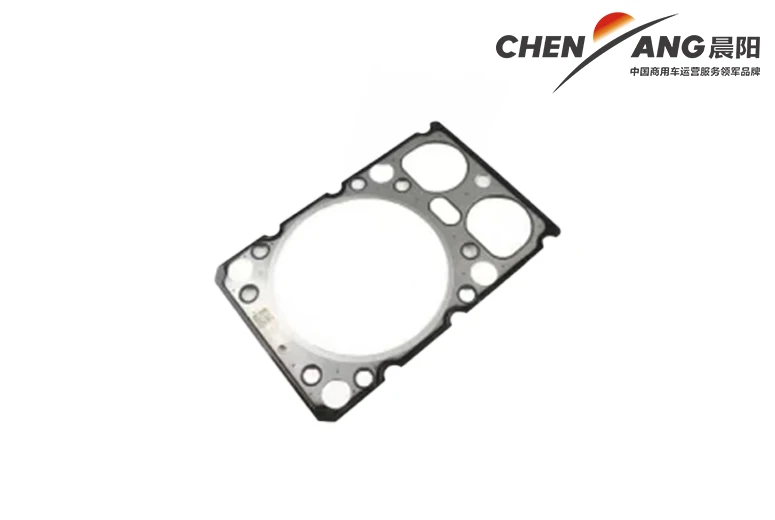Choosing the Best Tires for Your RV Adventures and Road Trips
Understanding RV Tires Essential Guide for a Smooth Journey
When it comes to ensuring a safe and comfortable journey in your recreational vehicle (RV), one of the most critical aspects to consider is the tires. RV tires are specially designed to handle the unique demands placed on them during travel, making it essential for RV owners to understand their features and maintenance requirements.
Types of RV Tires
There are several types of tires specifically designed for RVs, primarily categorized as either “P-metric” (passenger) tires, “LT” (light truck) tires, and “ST” (special trailer) tires. P-metric tires are suitable for lightweight, short-distance RVs and offer good comfort and handling. However, they may not provide the necessary durability for heavier loads or longer trips. On the other hand, LT tires are built for heavier loads and offer better durability on rough terrains, making them a common choice for larger RVs. ST tires, meanwhile, are designed specifically for trailers and are optimized for stability and load-carrying capacity, making them a must for travel trailers and fifth wheels.
Tire Ratings and Specifications
Understanding tire ratings is crucial for RV safety. Tires come with a load rating, indicated by a number, which specifies the maximum weight a tire can safely support. When selecting tires for your RV, ensure that the combined load rating meets or exceeds your RV’s Gross Vehicle Weight Rating (GVWR). Additionally, aspect ratio, tire width, and diameter are essential specifications that impact performance and handling. Checking the sidewall of your tires provides this information and allows you to make informed decisions when replacing them.
Maintenance Tips for RV Tires
To ensure a smooth and safe journey, regular maintenance of your RV tires is vital. Here are some essential tips
rv tires

1. Check Tire Pressure Always check tire pressure before hitting the road. Over-inflated or under-inflated tires can lead to blowouts or reduced fuel efficiency. The recommended tire pressure for your RV can typically be found on the driver’s side door jamb or in the RV owner’s manual.
2. Inspect for Damage Regularly inspect your tires for visible signs of damage, such as cracks, cuts, or bulges. Any irregularities should prompt immediate attention, as they can lead to tire failure.
3. Rotate Tires Just like regular vehicles, RV tires benefit from rotation to even out wear patterns. This is especially important if your RV is front-heavy or if it has dual rear wheels.
4. Check Tread Depth Tread depth is crucial for grip and handling, especially in wet conditions. Use a tread depth gauge or the penny test to ensure your tires have adequate tread. Replace tires that show signs of significant wear.
5. Store Properly If your RV will be stored for an extended period, consider lifting it off the ground to avoid flat spots in the tires. If not possible, invest in tire covers to protect them from UV exposure.
Conclusion
Understanding RV tires is essential for a safe and enjoyable travel experience. By choosing the right type of tire, staying informed about tire ratings, and adhering to maintenance best practices, RV owners can ensure that their journeys are memorable for all the right reasons. Your tires are your RV's connection to the road, and proper care will not only enhance your safety but also extend the life of your investment. So before you embark on your next adventure, take the time to give your tires the attention they deserve!
-
SINOTRUK HOWO 84 Electric Dump Truck for Eco-Friendly Heavy HaulingNewsJul.26,2025
-
The Fast 16-Gear Manual Transmission Assembly for Heavy TrucksNewsJul.25,2025
-
Mercedes Benz Actros 1848 42 Tractor Truck for Sale - Reliable PerformanceNewsJul.24,2025
-
High-Quality Water Pump Assembly for Sinotruk Trucks – Durable & ReliableNewsJul.23,2025
-
Premium Truck Engine Antifreeze Coolant Fluid for Heavy Duty VehiclesNewsJul.22,2025
-
FOTON View G7 Mini Bus: Affordable & Spacious TransportNewsJul.22,2025
Popular products

























